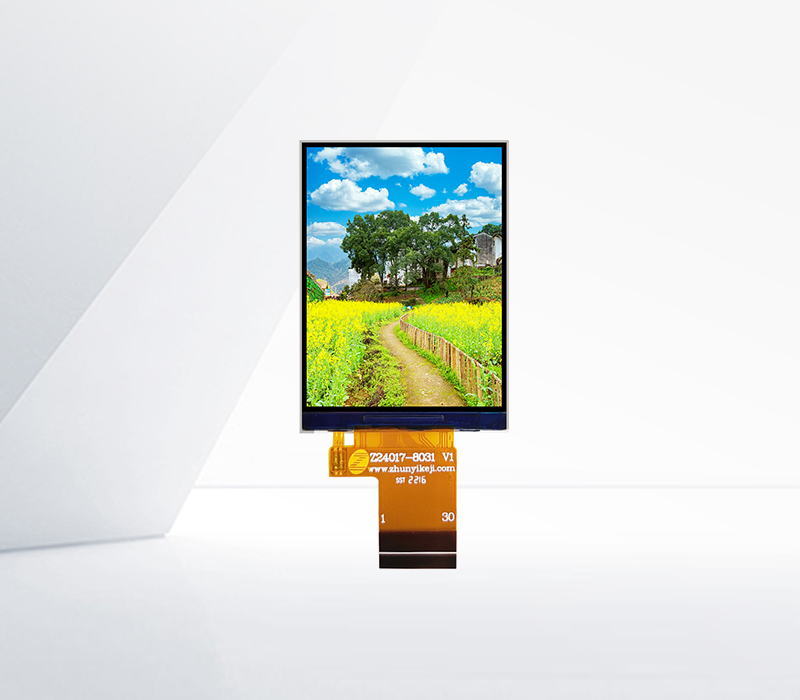




Improvement of Touch - Screen Data Transfer Rate
The data transfer rate of touch screens is crucial for ensuring smooth and responsive user interactions, especially in applications where real - time data processing is required. There are several ways to improve the data transfer rate of touch screens.
One approach is to upgrade the hardware interface. For example, using a high - speed serial interface such as USB 3.0 or Thunderbolt can significantly increase the data transfer rate compared to older interfaces like USB 2.0. These modern interfaces can support much higher bandwidths, allowing for faster transmission of touch - screen data, including touch coordinates, pressure sensitivity data (if available), and other sensor information. In a high - performance tablet or a gaming device with a touch - screen, a fast - speed interface enables the device to quickly register touch inputs and provide instant feedback to the user, enhancing the overall user experience.
Another method to improve the data transfer rate is through software optimization. Touch - screen drivers can be optimized to reduce the latency in data processing. By streamlining the algorithms that convert raw touch - screen sensor data into meaningful commands, the time it takes for the data to be transferred and processed can be reduced. Additionally, data compression techniques can be applied to the touch - screen data before transmission. This reduces the amount of data that needs to be transferred, effectively increasing the transfer rate. For instance, if the touch - screen generates a large amount of redundant data during continuous touch gestures, compression algorithms can eliminate this redundancy, allowing for faster data transfer over the interface.
Furthermore, in multi - touch touch - screens, parallel data processing techniques can be implemented. Each touch point can be processed simultaneously, rather than sequentially, which can greatly improve the overall data transfer rate when multiple fingers are interacting with the screen. By combining these hardware and software improvements, touch - screen data transfer rates can be significantly enhanced, enabling more fluid and responsive touch - based interactions in various applications.
